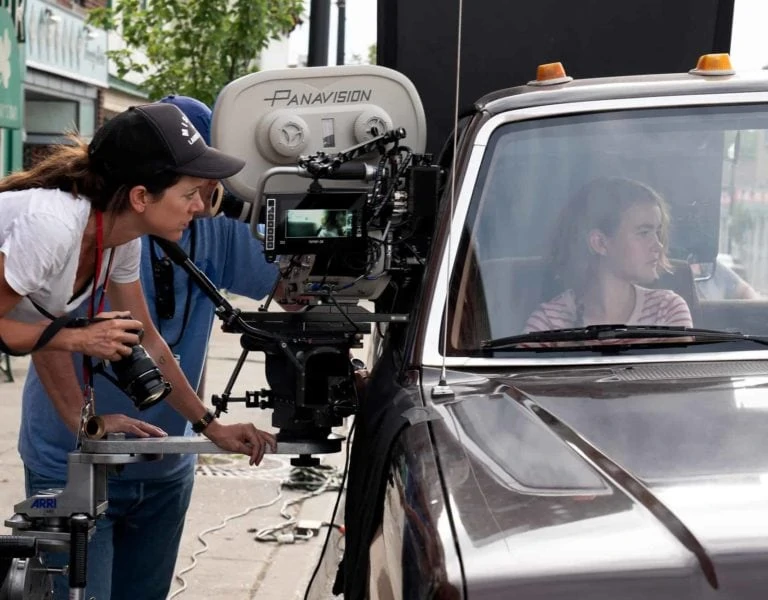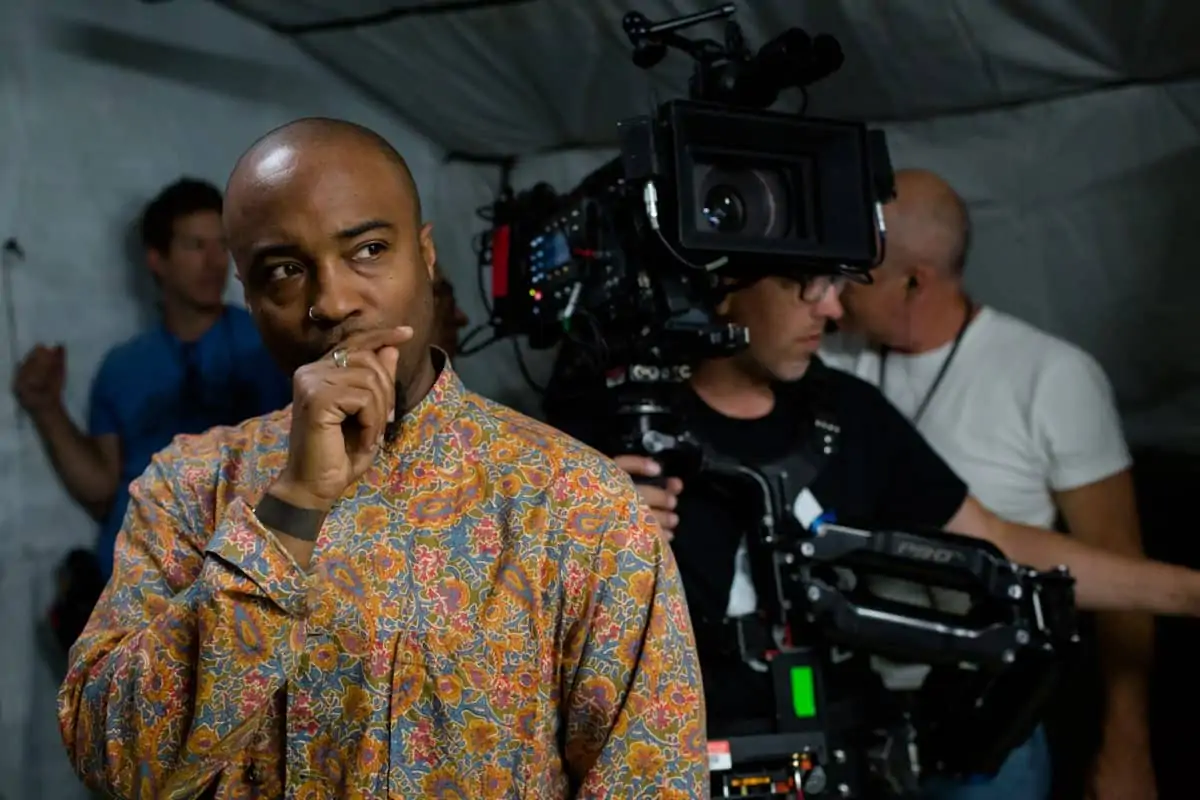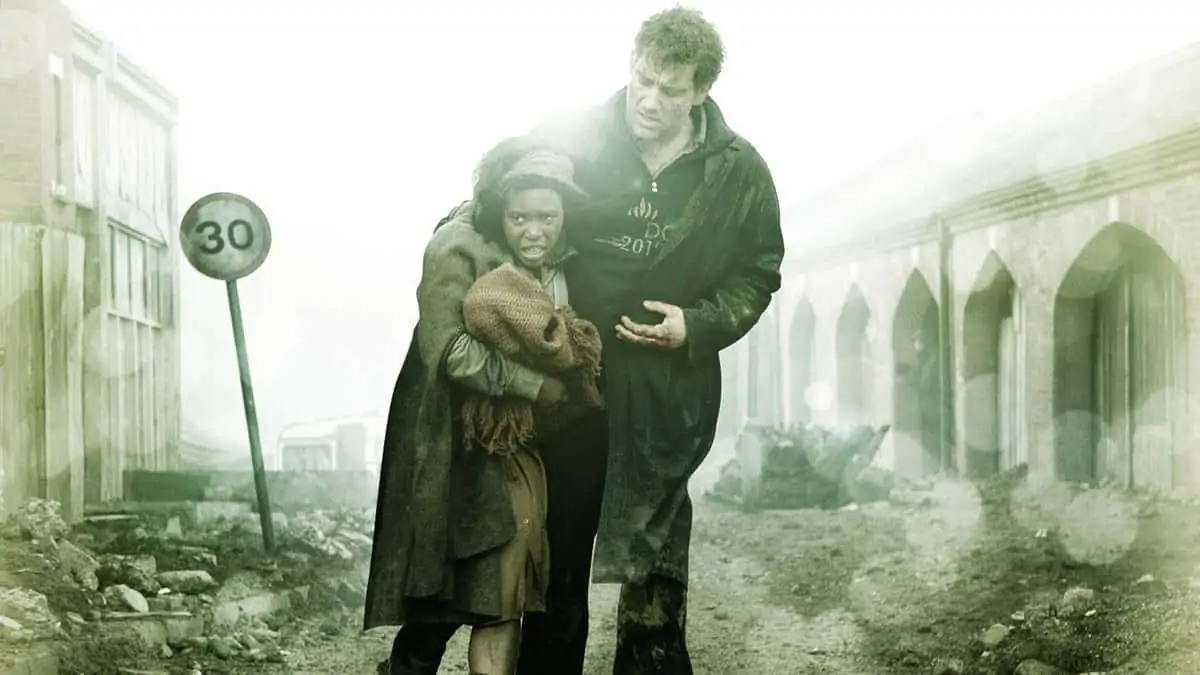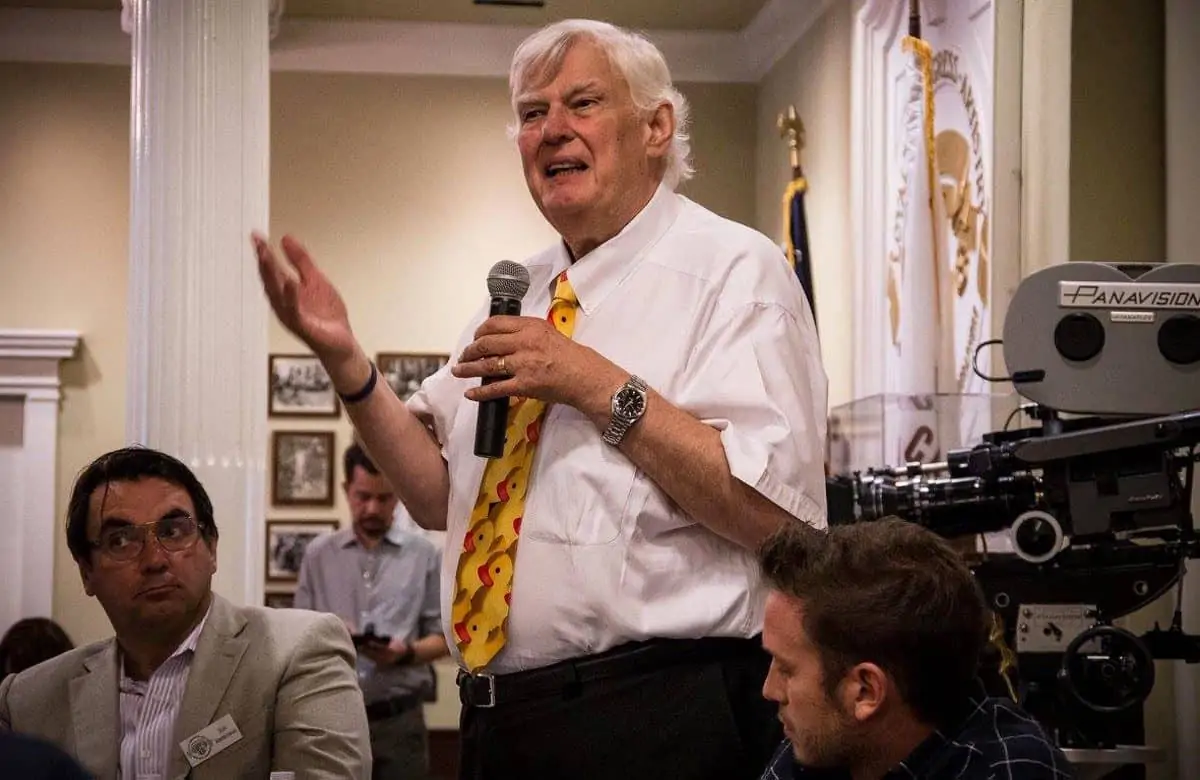Past, Present & Future
Special Report / Cinematography Part 4
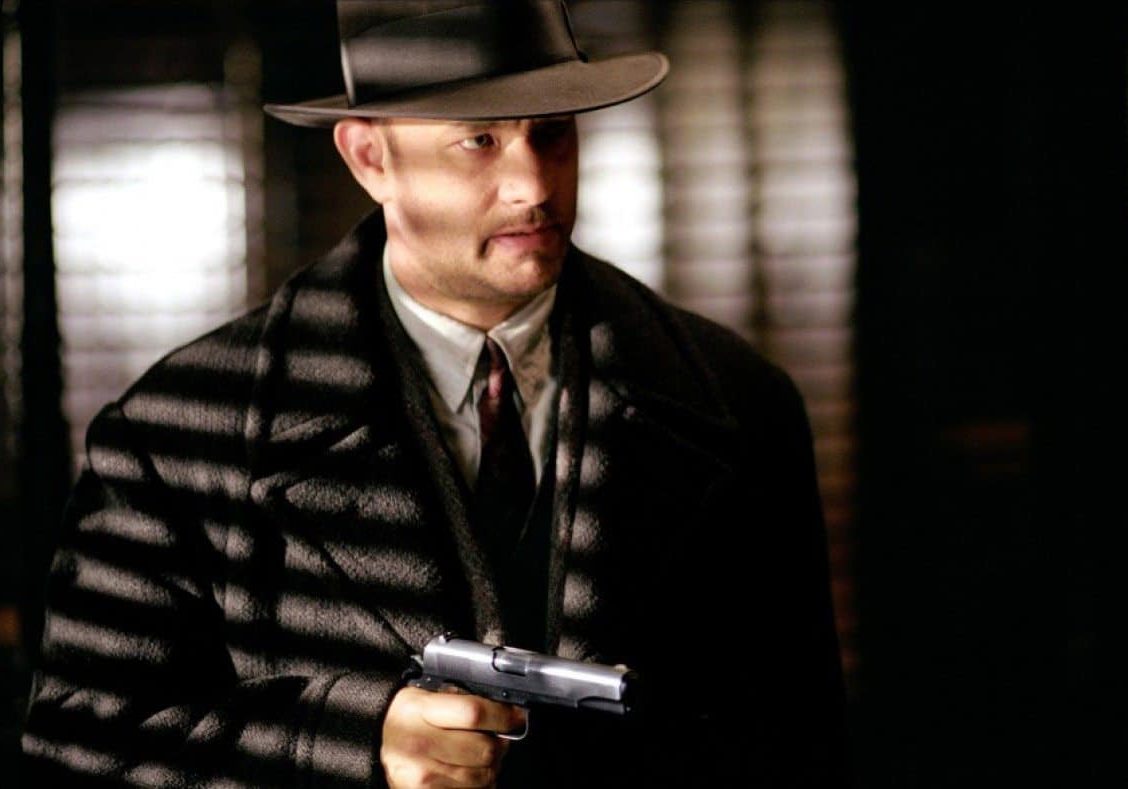
Past, Present & Future of Cinematography
Special Report / Part 4
There’s been a great deal of change during the time since British Cinematographer magazine first launched in 2004, so we asked leading cinematographers around the world to give us their takes on the past, present and future of this highly creative role in the filmmaking process…
First published in British Cinematographer magazine issue 65 - September 2014
- Haris Zambarloukos BSC -
Mamma Mia! (2008), Thor (2011), Locke (2013), Jack Ryan: Shadow Recruit (2014)
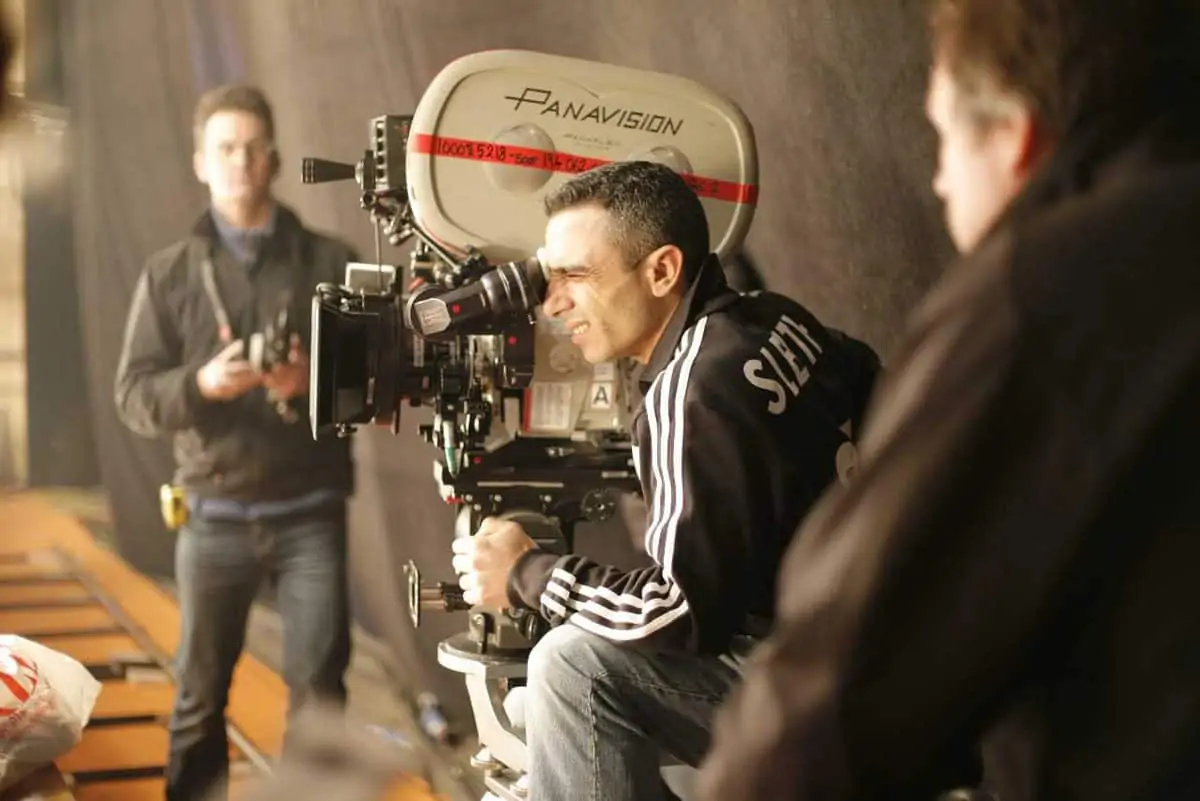
Q: In the last 10 years what has been the biggest change for you as a cinematographer?
A: The biggest change I believe has been in the colour correction process. Nine years ago I was able to finish my first film, Enduring Love, in a DI process and since then all but two have been a DI finish. That has dramatically increased the time needed to complete the final process and has created an unavoidable dilemma: do you prefer ultimate control over the finest detail of the look of your images, or the finest possible print? A DI gives you that extra control, but nothing looks more beautiful in a cinema than a photochemically finished print – a black and white one at that.
Q: What do you feel are the biggest challenges facing cinematographers today?
A: It is the same today as it was when the first moving image was created, how to use motion picture art to create a compelling emotional experience for the audience.
Q: What are your thoughts on digital image quality vs. film?
A: I would rather sit down somewhere else... preferably with a drink.
Q: And what developments would you like to see in the future?
A: Cinematography developments have raced ahead of other areas in the film industry, to the point where we might be going backwards. Maybe we should develop appreciation and true understanding of the tools we already have.
Q: What, for you, has been the most significant development in technology or new piece of kit in the last decade?
A: The ability to scan a negative, and the idea that you could colour correct digitally has had the most profound impact on our work in a number of ways. I still love the photochemical process and I think in terms of the texture and the crispness that you still get a better print, in my opinion. But the ability to fine tune a picture at the end is just incredible. We take it for granted now that we go into a DI suite and that is how we colour correct a film. But 10 years ago that wasn’t possible.
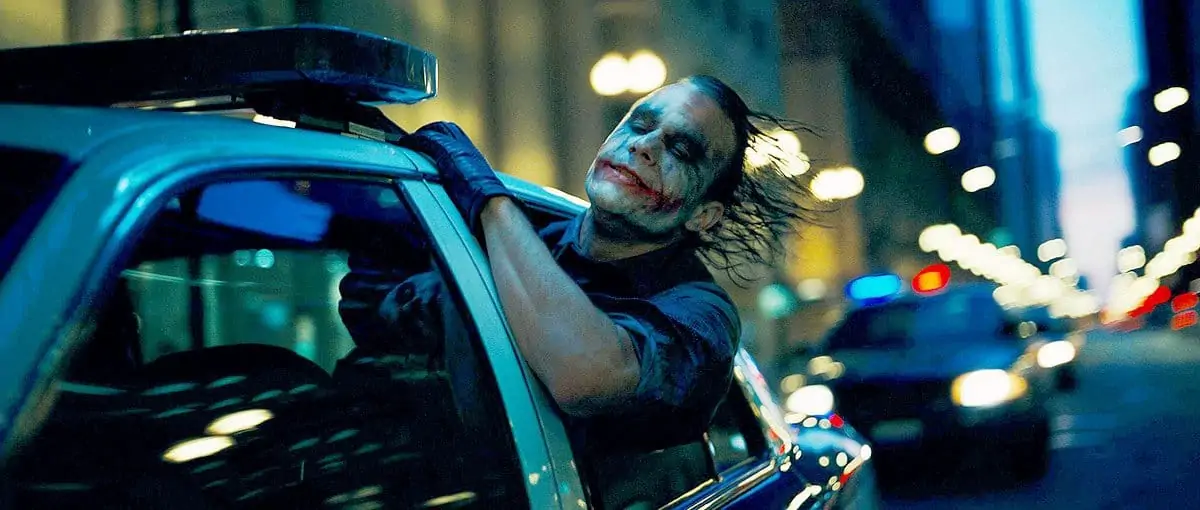
Q: What films, or which cinematographer’s work, have you been most impressed with in the last 10 years?
A: I don’t think I’d ever seen anything like Road To Perdition (2002) (top picture) when it came out. That will take some beating. In terms of moving forward, presenting films in a certain way, the work that Wally Pfister did on The Dark Knight (2008) using IMAX and 35mm is really significant, as is all the work Anthony Dodd Mantle BSC has done mixing formats. I just loved Slumdog Millionaire (2008) and I think all of Anthony's work has such an intense energy, I find it breathtaking. I always admire what Rob Hardy BSC and Robbie Ryan BSC are doing.
- Mandy Walker ACS -
Australia (2008), Beastly (2011), Red Riding Hood (2011), Tracks (2013)
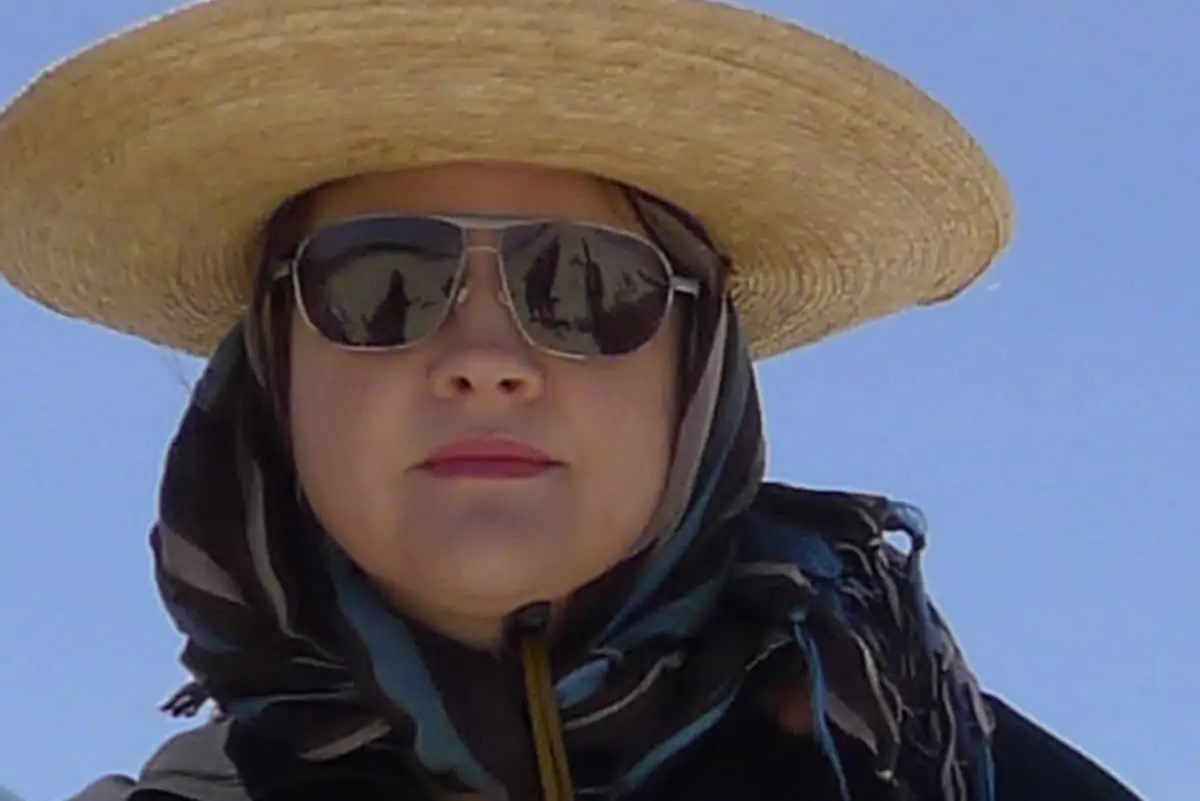
Q: In the last 10 years what has been the biggest change for you as a cinematographer?
A: It has to be the invention and constant upgrading of the technology of digital capture mediums and the ending of film prints and processing. When we did our pick-ups for Tracks out of Deluxe Sydney it was the last piece of film to be processed there. The camera department is now set up differently with the addition of the DIT and data wranglers. Also, the other significant change is the way images are seen on-set with better quality monitoring. This has changed the way people look at their own work in other departments on set. By seeing that what is on the modern monitors is potentially pretty close to what they will see in the end product.
Q: What do you feel are the biggest challenges facing cinematographers today?
A: To maintain the role of the cinematographer on a movie where VFX are controlling more and more the pre-visualisation, and post production of the images. I always try and set up a collaborative relationship between the with the director and myself with the VFX supervisor, so they understand the visual language that the director and I have decided on. That way, when we are finished shooting, they don't go off on their own tangent and make images that don't fit the visual style of the film. It has happened to me that at the last minute some scenes have been manipulated so much that it looks like another film. Also, those relationships are important during pre-production, and especially if the film has a lot of pre-visualisation and VFX storyboarding. Again, you don't want to be told by them what the shots are. It's an important relationship and you need to be communicative with each other at all steps of production.
Q: How do you feel digital compares to celluloid imagery and acquisition?
A: I am still using both, and I feel that film is still the best choice for some situations and digital for others. I would be sad if film went away as a choice. On Tracks, both the director, John Curran, and I were adamant that we shot on film as we felt that the many varied landscapes, weather (some harsh and some with subtle beauty), and colours could all be recorded with the best resolution and contrast range possible with negative. We were in isolated in hot dirty locations and we could always grab a camera and quickly shoot, not worrying about cables, monitors, and overheating, etc. Even though after shooting film for 25yrs, I still got a thrill watching the printed film dailies, and nearly every time it would look better than I thought, like those skies with their detail. However, I shot a TV pilot on ARRI Alexa, as the project called for large theatre and hotel lobby locations, where I used minimal lighting and embraced the available light fittings, and night urban scenes. For me that camera worked really well in those low-light situations and had more detail in the shadows than film.
Q: What developments would you like to see in the future?
A: That digital capture does not go down the path of some of the latest television sets, in that the manufacturers think sharper and less motion blur means better images. I'm always using older lenses and trying to not have a super sharp image on digital as it can look like reality TV and not drama. I would like the camera manufacturers to make the images have more colour resolution and handle larger contrast extremes, especially in the highlights. Just because a camera has more than 4K resolution, it doesn't necessarily mean a better image. I'm not after sharper images – it can become a harsh look on an actor’s skin, showing every wrinkle and pore.
Q: What has been the most significant technological development in the last 10 years?
A: The technology to do on-set looks and grading of your dailies. I find shooting digital can be a positive experience, when you have your LUT on-set and can show the director pretty much how the end result will look. Then you can light to that image and control things in the image that previously one couldn't do until later on in post.
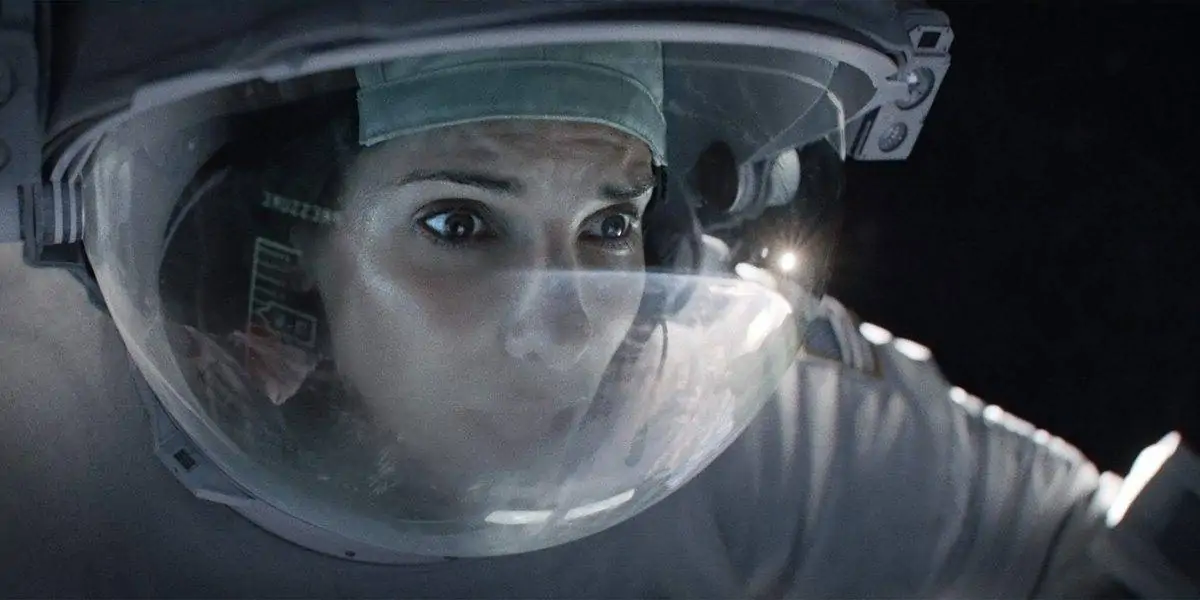
Q: What films, or which cinematographer’s work, have you been most impressed with in the last 10 years?
A: All of the films shot by Roger Deakins. His work is always faithful to translating a particular script to the screen, and to visually expressing the story to an audience. The decisions he makes for camera moves and lighting are never unnecessarily showy and don't take away from the focus of the storytelling. I also love the work of Emmanuel Lubezki. He has taken chances in his work, such as in The Tree Of Life (2011), that are not conventionally technical in their coverage and lighting, but are so perfect in conveying the emotions of the characters and the story. Plus the innovative way he has shot films such as Lemony Snicket's A Series Of Unfortunate Events on stage (2004), and Gravity (2013) with his use of the huge LED panels. He is truly a groundbreaker, and one with great taste.
- Dion Beebe ACS ASC -
Collateral (2004), Memoirs Of A Geisha (2006), Green Lantern (2011), Edge Of Tomorrow (2014)
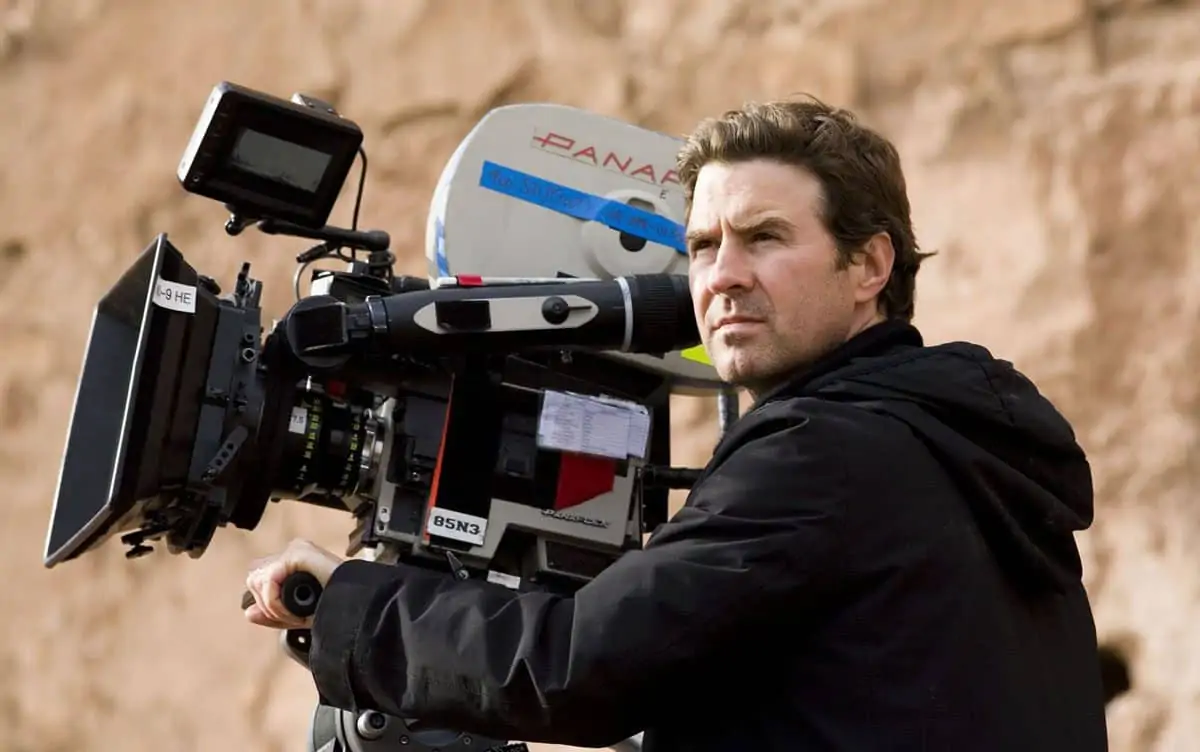
Q: In the last 10 years what has been the biggest change for you as a cinematographer?
A: It is ten years now since I first picked up a digital camera on the movie Collateral. It was like a mass of cables with a lens attached. An umbilical cord connected it to a huge mothership the size of an industrial freezer. One had to be careful not to touch the menu button unless you had some sort of degree. But the first time I saw palm trees silhouetted against the LA night sky, and freeways captured beneath the sodium glare of streetlights, I realised digital photography was about to change the way we shoot movies.
Q: What do you feel are the biggest challenges facing cinematographers today?
A: Cinematographers have always been required to stay abreast of changing technologies. However, the past 10 years has seen such enormous changes that it is important not just to know what is out there, but to also try and be comfortable with the technology. These are not just changes to cameras but to lighting choices, colour timing tools and visual FX procedures too. Staying current in the industry is certainly one of the challenges we face and also one that keeps what we do exciting.
Q: How do you feel digital compares to celluloid imagery and acquisition?
A: It is important to regard each format as unique. That one captures light via electronic data and the other through a photochemical process clearly demonstrates this distinction. I also believe each has its own unique aesthetic. Film aesthetic is something we immediately recognise and has its origins deep within the films captured on celluloid for over 100 years. Its look lies within the grain, texture and contrast of film and the reaction of light on the negative. On the other hand digital image capture has its own, and still evolving, aesthetic. And with it has evolved a lighting style that is unique to the digital format. If I were to describe this it would be an ambient lighting style. The digital cinematographer must look to build contrast and depth into an existing ambient base light and find a way to integrate it seamlessly. There is a soft, open look that emerges from this that I feel is unique to this format.
Q: What has been the most significant technological development in the last 10 years?
A: The digital sensor.
Q: What developments would you like to see in the future?
A: I'd like to see the continuing development of film negative. Film is a unique storytelling tool. Let's not lose that.
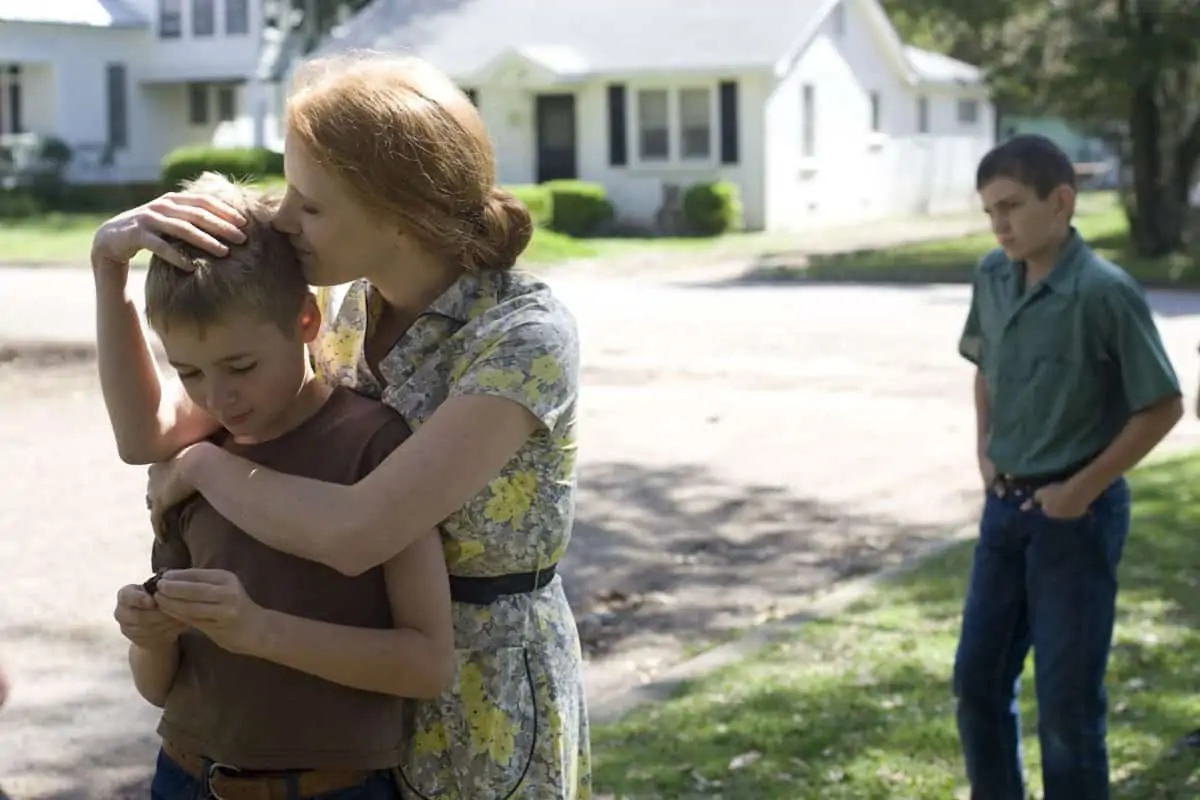
Q: What films, or which cinematographer’s work, have you been most impressed with in the last 10 years?
A: Chivo (Emmanuel Lubezki AMC ASC) has certainly impressed me over the past decade. His work on films like Terrance Malick's The New World (2005), and The Tree Of Life (2011) demonstrated how he could strip back the filmmaking process to its bare bones. Then, to follow that work with a move like Gravity (2013), which pushed the technological boundaries of our craft to the limit, is inspiring.
